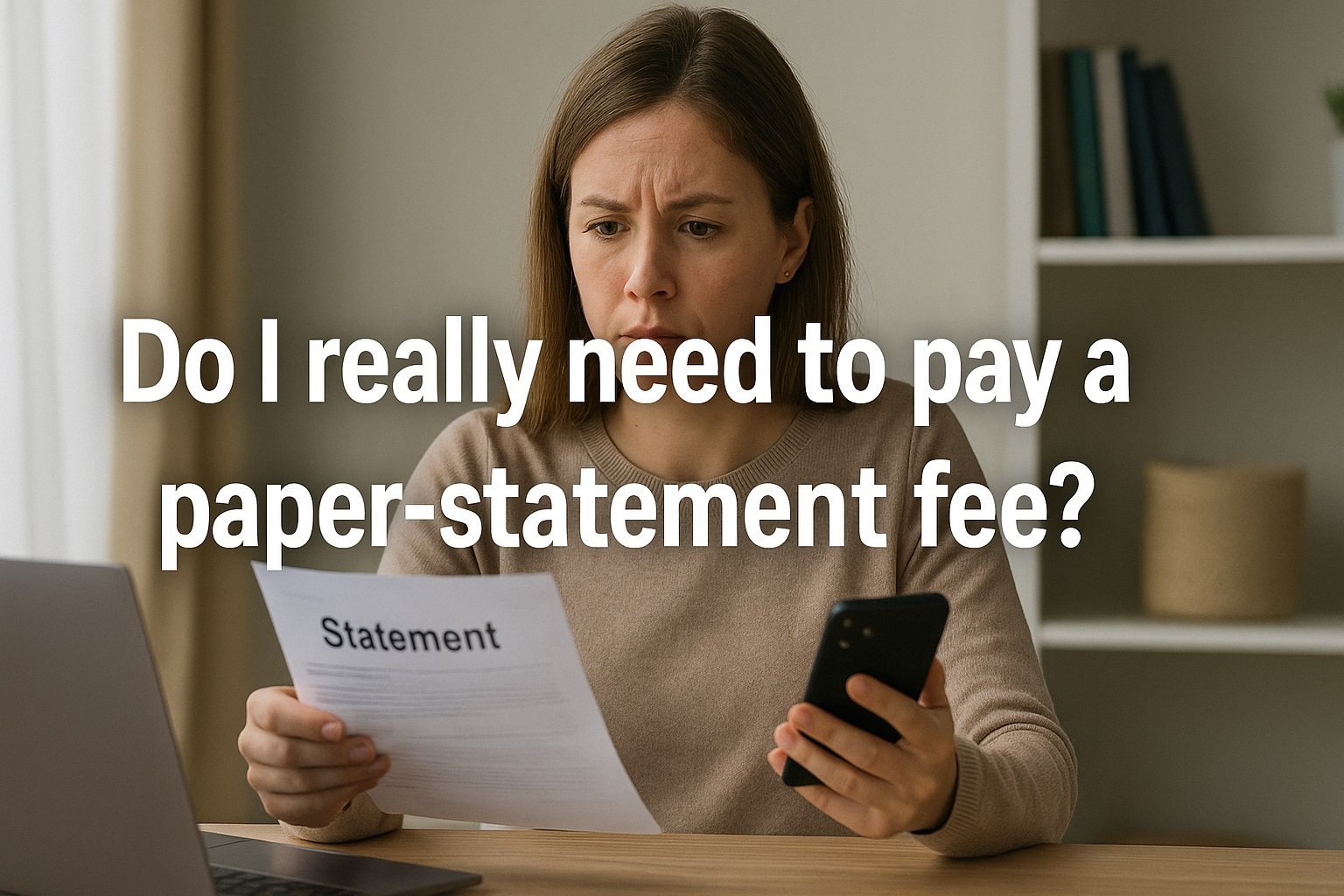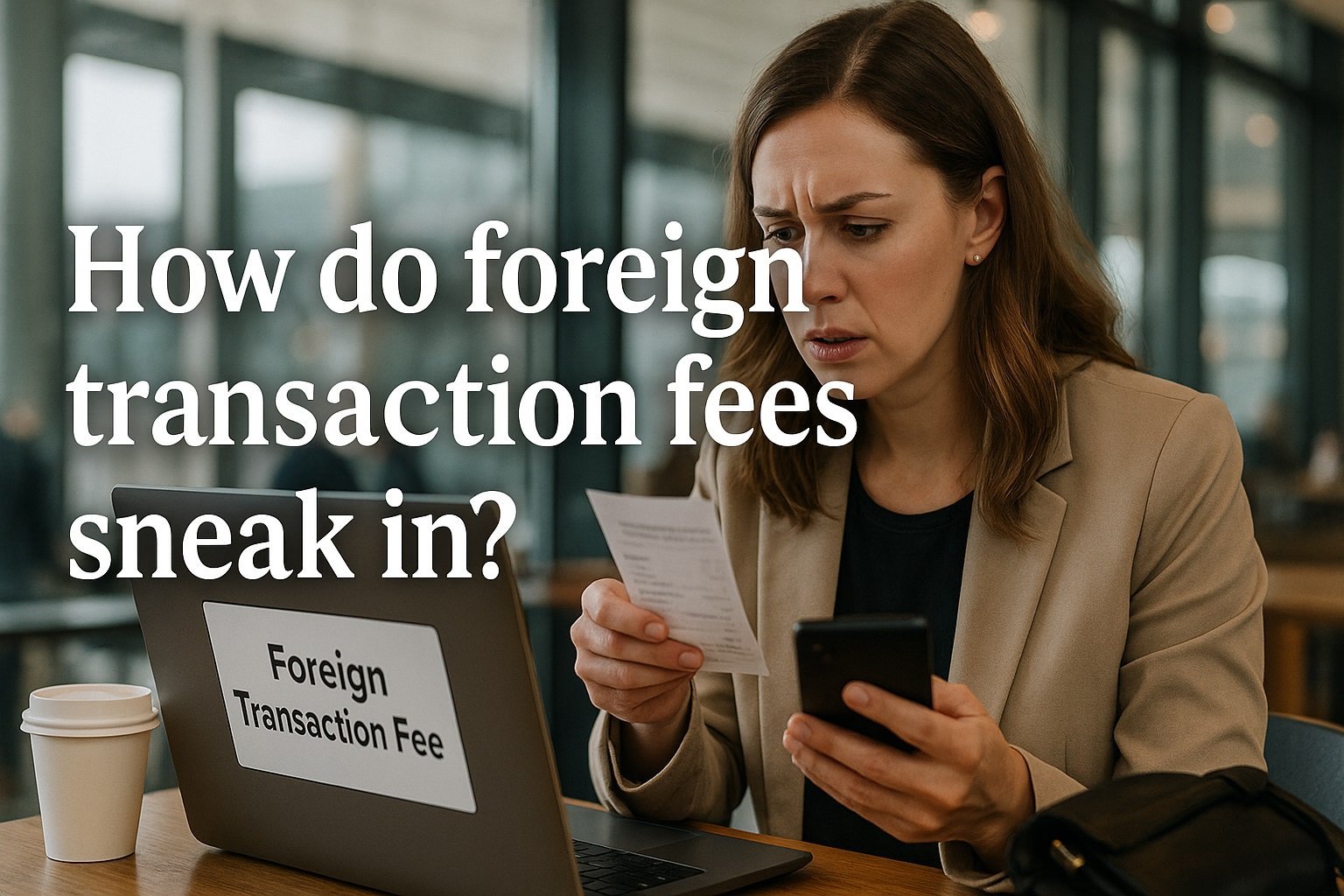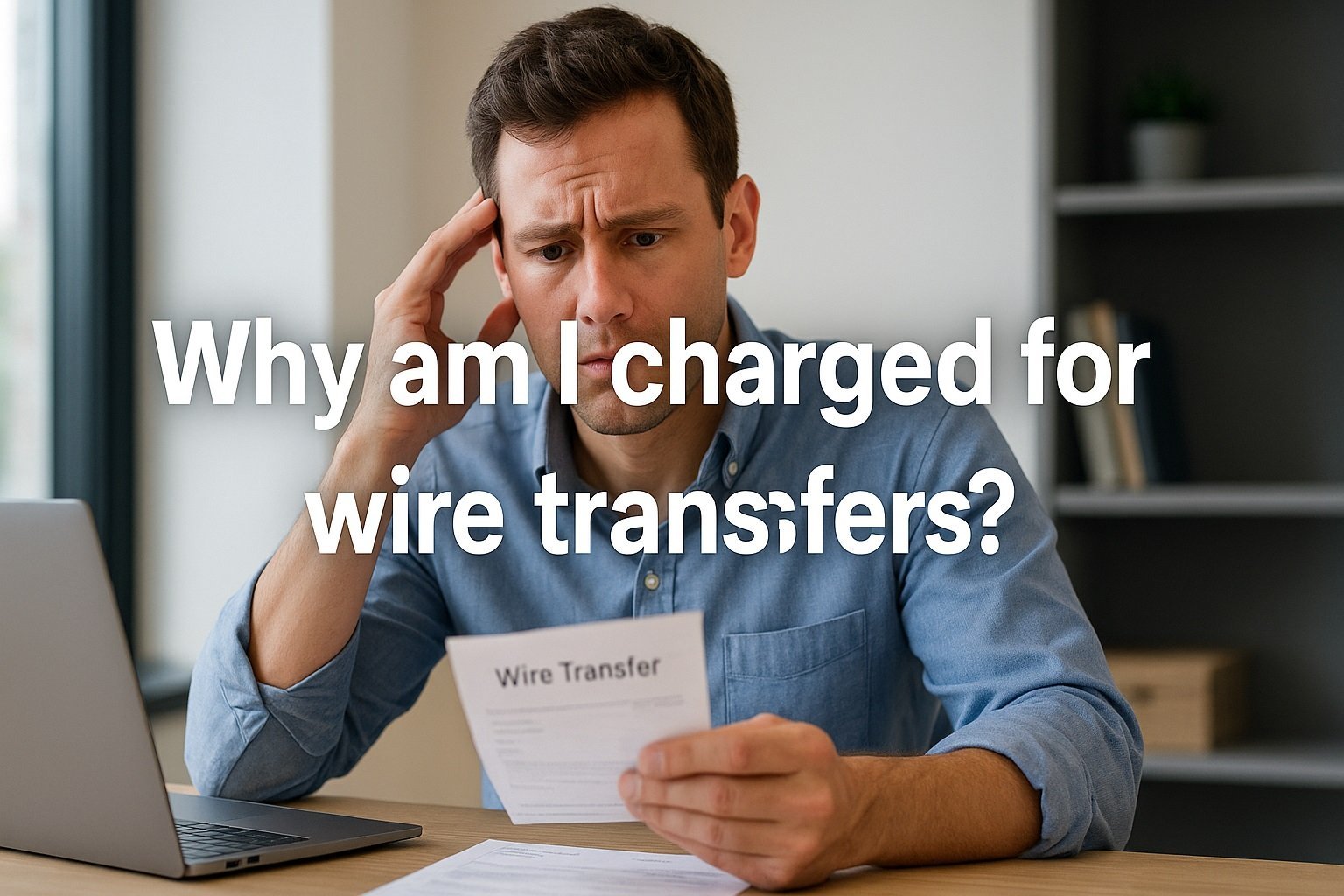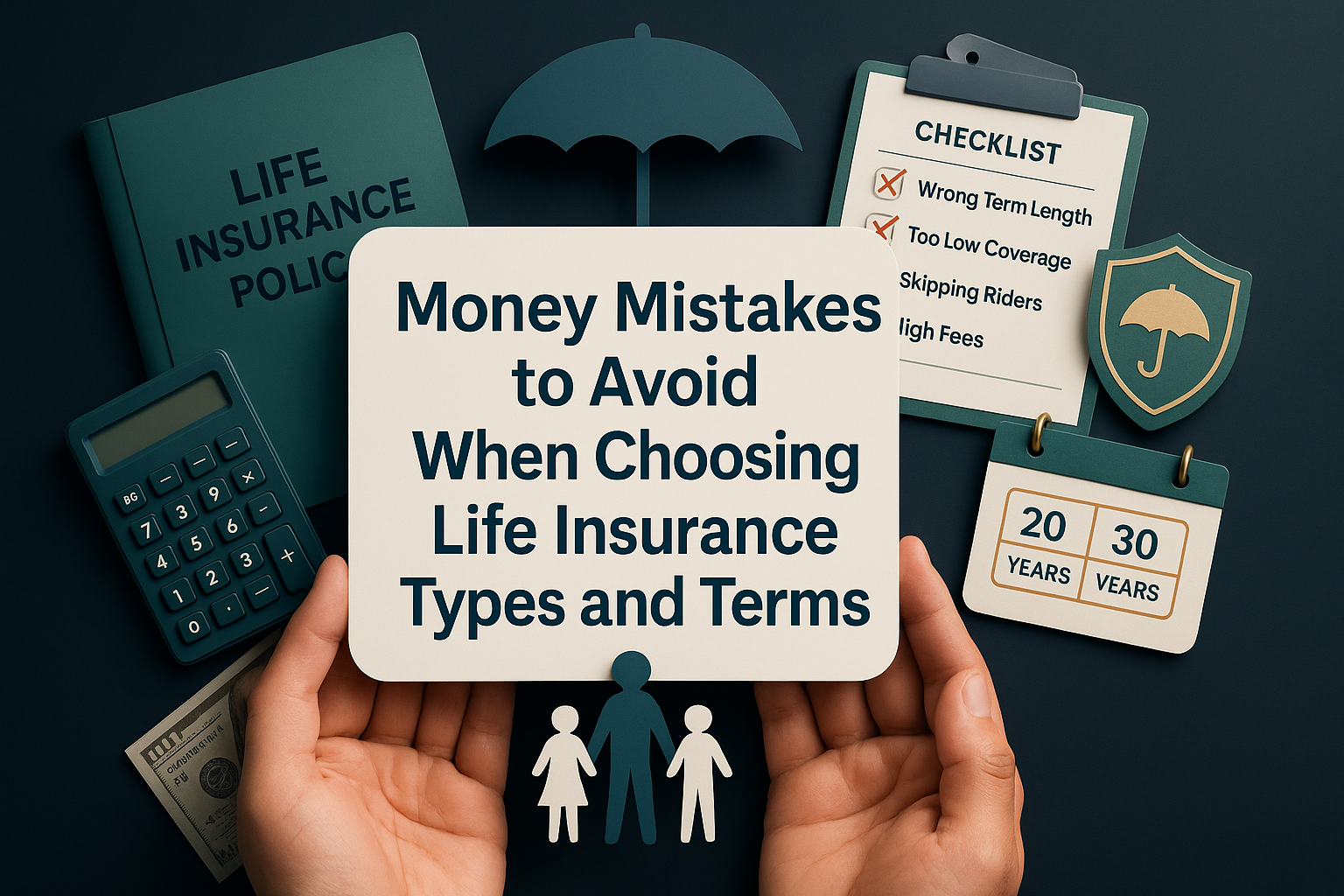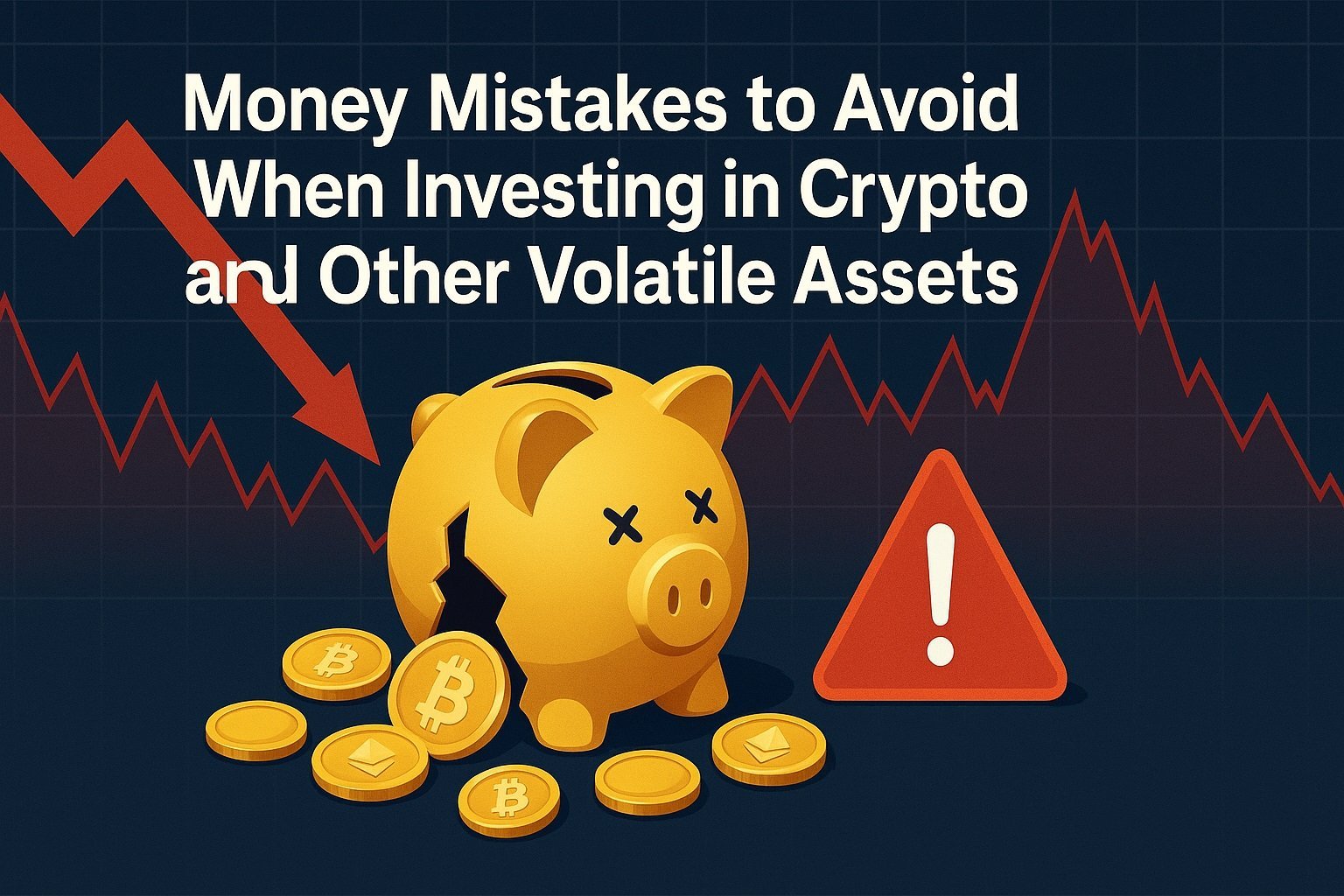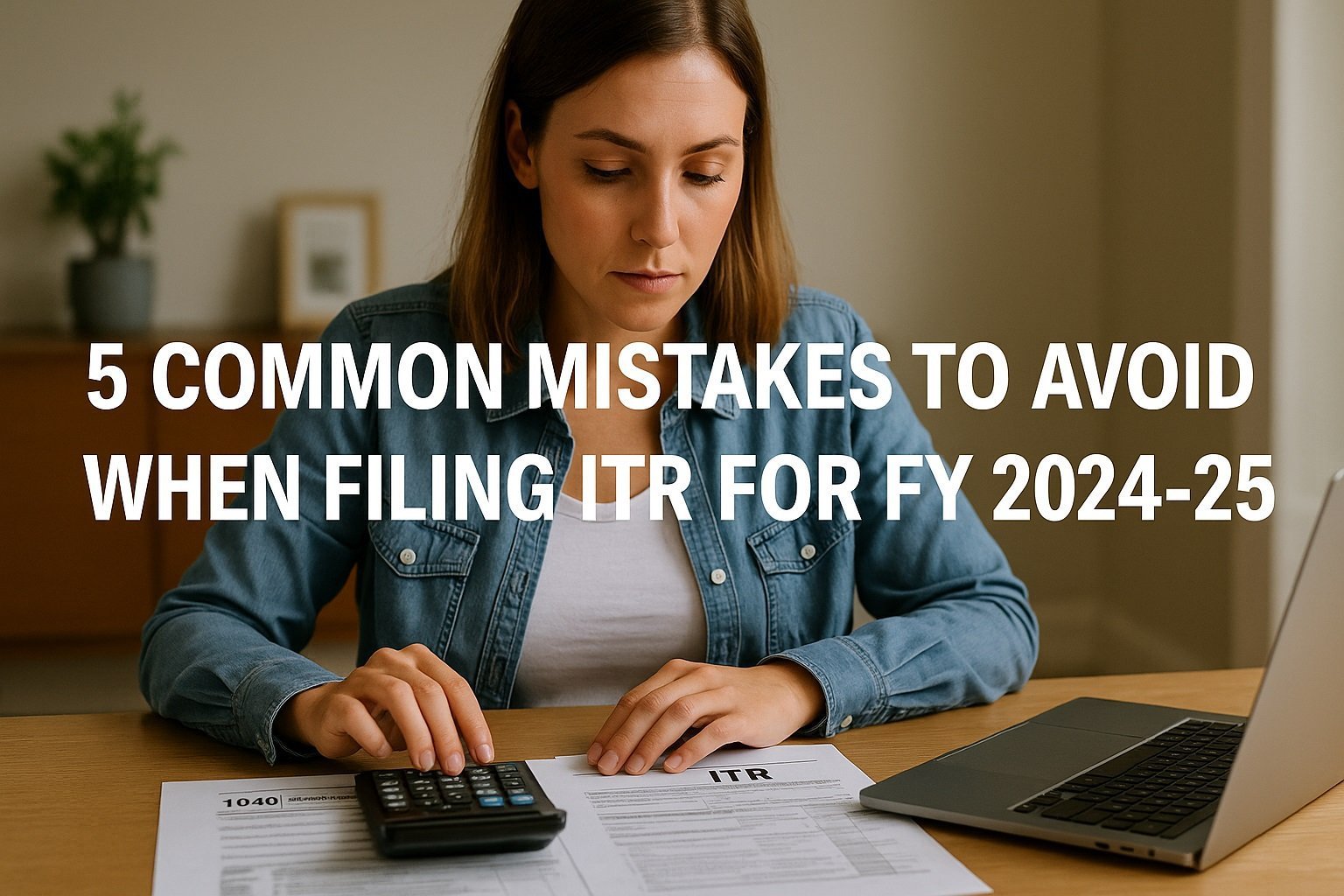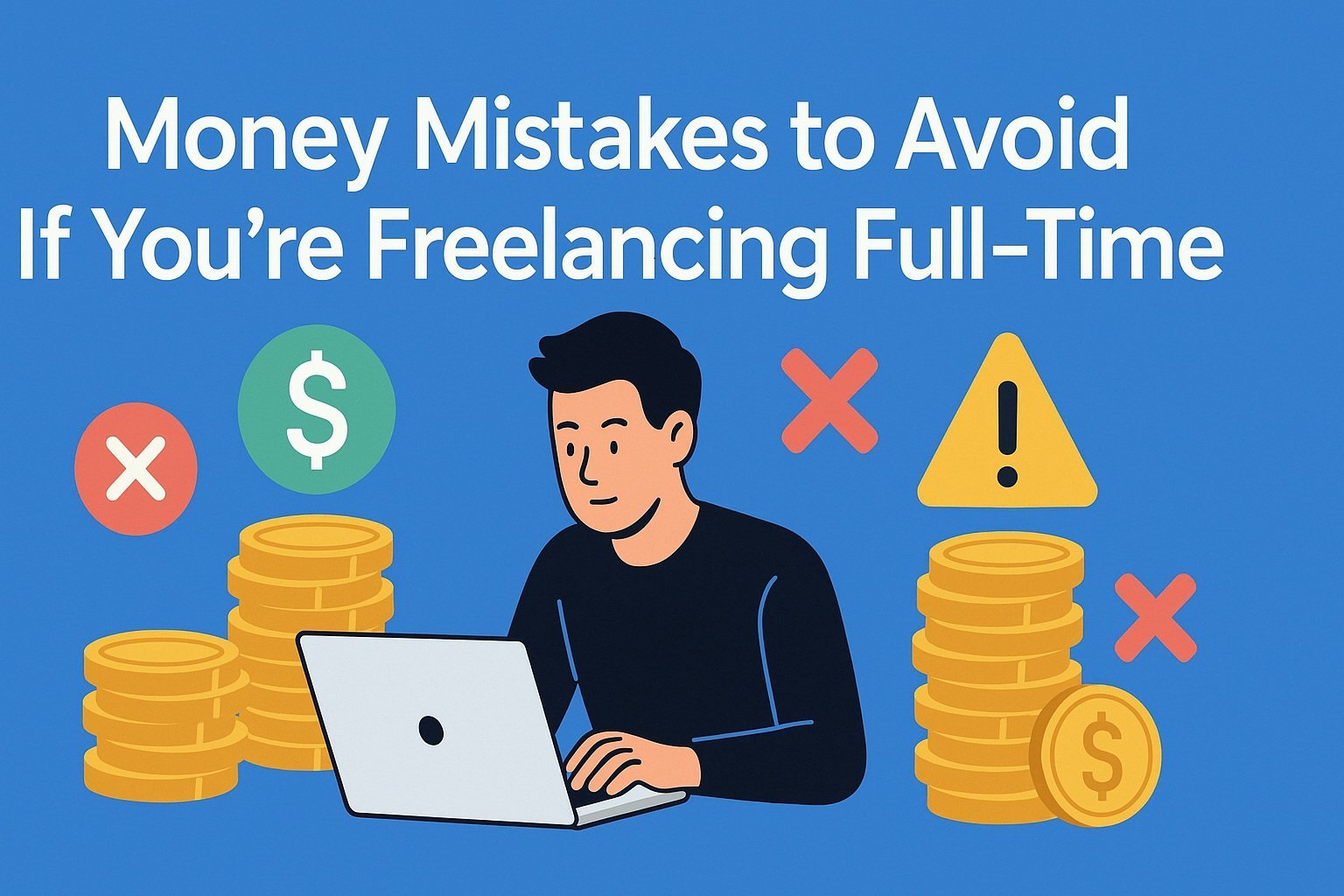
Everyday banking fees include the small charges your bank tacks on for routine services, things like maintenance fees, overdraft fees, ATM surcharges and paper-statement charges. Individually they’re often under $10, but over the course of a year these “nickel-and-dime” costs can add up to $250–$350 for the average consumer. In the next five minutes you’ll learn the 10 most common traps, see what they really cost over a year, and get a simple two-step fix for each (bankrate.com; bettermoneyhabits.bankofamerica.com).
What is a monthly maintenance fee, and why did I get one?
The Money Mistake
You’ve ignored your bank’s minimum-balance or activity requirements, so each statement cycle you get hit with a $5–$25 charge for “simply” keeping an account open.
Strategy Steps
-
Set a recurring calendar alert to check your balance before month’s end
-
Arrange a $500+ direct deposit or payroll deposit each cycle
-
If those feel onerous, switch to a truly fee- free online checking account bettermoneyhabits.bankofamerica.com
What triggers an overdraft fee, and how can I stop it?
The Money Mistake
You’ve spent or paid more than you actually had in your account even by a few cents, and your bank automatically covered it, charging you $27.08 on average each time.
Strategy Steps
-
Link a savings or secondary account for free overdraft protection
-
Turn on low-balance text or email alerts so you can top up before you bleed into the red. bankrate.com
Why am I paying ATM surcharges, and how can I dodge them?
The Money Mistake
You keep using out-of-network ATMs, so you pay your bank $2–$3 plus the machine owner’s $1–$3 fee every time.
Strategy Steps
-
Use your bank’s ATM locator tool or app to stick to in-network machines
-
Withdraw larger amounts less often to minimise fees. bankrate.com
Why do paper statements cost me money, and what should I do instead?
The Money Mistake
You’re still receiving mailed statements, so your bank charges $1–$3 each month simply to print and post them.
Strategy Steps
-
Enroll in free electronic statements (e-statements) via online banking
-
Download and archive each month’s PDF so you never lose paper records. bankrate.com
What is a dormancy fee, and how do I keep my account active?
The Money Mistake
You let an account sit without any deposits or withdrawals for 12–24 months, and now you’re getting hit with $5–$10 every month.
Strategy Steps
-
Log in and make a small deposit or withdrawal at least once a year
-
Close or consolidate rarely used accounts so none slip into dormancy. bankrate.com
How do minimum-balance fees sneak up on me, and how can I avoid them?
The Money Mistake
Your balance dropped below the required threshold (often $1,500–$2,500), triggering a $10–$12 monthly penalty.
Strategy Steps
-
Switch to an account with no or a lower minimum-balance requirement
-
Link a savings account for automatic balance “sweeps” when you dip too low bettermoneyhabits.bankofamerica.com
Why am I losing money on foreign transactions, and what’s the workaround?
The Money Mistake
You used your debit or credit card abroad (or on a foreign website) and got dinged 1–3% on every purchase.
Strategy Steps
-
Pick a card or account that waives foreign transaction fees
-
Whenever possible, notify your bank before you travel to prevent extra holds or conversion surcharges. bankrate.com
What costs are hiding in wire transfers, and what can I use instead?
The Money Mistake
You sent money via domestic wire transfers, which cost $15–$30, and international ones, which cost $35–$50, each time.
Strategy Steps
-
Use ACH transfers or peer-to-peer payment apps, which are usually free or under $5
-
Batch your transfers so you send less often and avoid repeated wire fees
How does cancelling a payment trigger fees, and how do I prevent it?
The Money Mistake
You asked your bank to stop a cheque or automated draft after it was issued, costing you around $25–$35 per request.
Strategy Steps
-
Double-check payee names and amounts before you send cheques or set up recurring debits
-
Monitor your account closely so you catch mistakes before they clear
Why does rushing delivery of bank documents cost extra, and when does it make sense?
The Money Mistake
You paid $25–$50 to have statements or documents overnighted when standard mail would have arrived soon enough.
Strategy Steps
-
Plan ahead and use regular mail for routine documents
-
Where available, opt for secure electronic delivery at no extra cost
Table: Annual Cost Snapshot
| Fee Type | Typical Charge | Estimated Annual Cost |
|---|---|---|
| Monthly Maintenance | $5–$25 per month | $60–$300 |
| Overdraft | $27.08 per occurrence | $108–$270 |
| Out-of-Network ATM | $2–$3 + $1–$3 per use | $40–$120 |
| Paper Statements | $1–$3 per month | $12–$36 |
| Dormancy/Inactivity | $5–$10 per month | $60–$120 |
| Minimum-Balance | $10–$12 per month | $120–$144 |
| Foreign Transactions | 1–3% of each transaction | $30–$90 |
| Wire Transfers | $15–$50 per transfer | $60–$200 |
| Stop-Payment Requests | $25–$35 per request | $50–$70 |
| Expedited Mail Delivery | $25–$50 per shipment | $25–$100 |
Spotting and fixing these everyday banking blunders could keep $250–$350 or more in your pocket each year. Make these strategy steps part of your routine and watch the savings add up.
Why do overdraft/NSF fees cost up to $39?
The Money Mistake
Treating your checking account like a credit line is an easy trap to fall into. You spend or pay bills beyond your available balance, thinking the bank will just cover the difference. Instead, you get slapped with a hefty non-sufficient funds (NSF) or overdraft fee, sometimes as high as $39 per transaction, every time your balance dips below zero. That fee isn’t a small courtesy; it’s the bank’s way of saying “don’t treat us like a lender” while padding their revenue.
Strategy Steps
-
Opt out of overdraft coverage so that transactions simply decline instead of triggering a fee
-
Link a savings account for automatic transfers to cover shortfalls before they hit overdraft
-
Choose a bank or credit union that doesn’t charge overdraft fees at all, so you never get surprised by a $39 penalty
Are out-of-network ATM fees worth paying?
The Money Mistake
It’s super convenient to hit the closest ATM when you’re on the go, but if it’s not in your bank’s network, you’ll get dinged twice: once by your bank (usually $2–$3) and again by the ATM owner (another $1–$3). Before you know it, that quick cash grab has cost you $5 or more.
Strategy Steps
-
Open your bank’s ATM-locator app before you head out so you can find fee-free machines nearby
-
Opt for cash-back at grocery or convenience stores whenever you make a purchase – no ATM required
-
Consider switching to a bank that reimburses out-of-network ATM fees, so you’re never out of pocket when you really need cash
What is an inactivity (dormancy) fee?
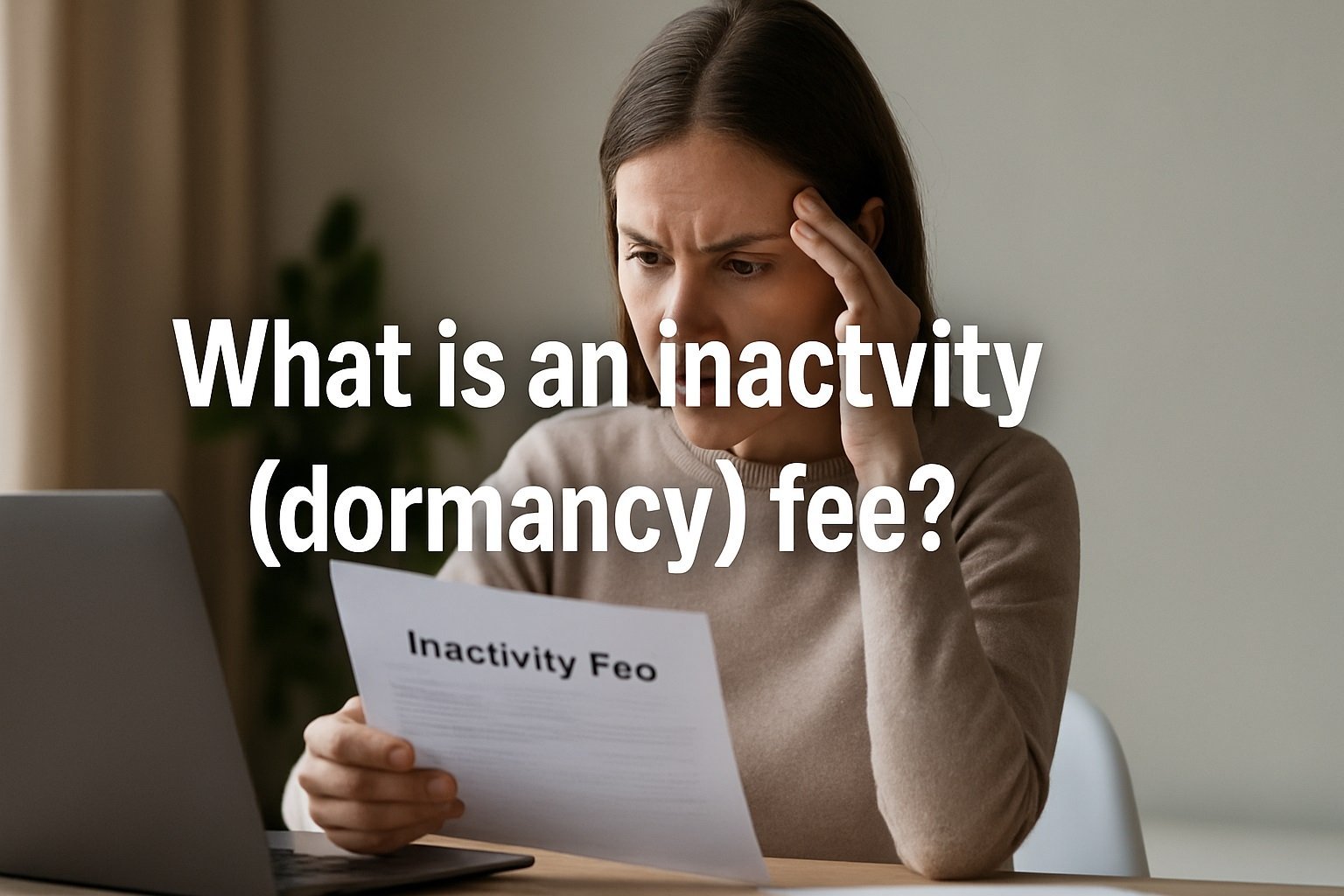
The Money Mistake
You’ve left an account unused for 6 to 12 months, thinking it’s harmless, only to find a $5–$10 charge landing in your statement every single month. That’s your bank penalising you for letting your balance gather dust.
Strategy Steps
-
Automate a recurring $1 transfer each month so the account stays active
-
Close any accounts you no longer use to prevent them slipping into dormancy
5-Minute Monthly “Fee Audit” Checklist
Ready for a quick money save? Each month, carve out five minutes to run this simple review:
-
Download last month’s statement. Log in to your online banking portal and grab the PDF for the previous cycle.
-
Highlight every line that ends in “FEE”. Scan for words like “maintenance”, “overdraft”, “ATM”, or “NSF” and mark them in bright colour.
-
Add up the total. If your grand fee tally is more than zero, you’ve just uncovered money that could be back in your pocket.
-
Apply the fix. Refer to the strategy steps above for each fee type you spotted: opt out, switch accounts, automate transfers, and so on.
Run this checklist monthly, and you’ll stop surprise charges in their tracks while banking your own savings instead.
Choosing a Truly Low-Fee Bank
When you’re done watching small fees nibble away at your balance, these online banks let you dodge overdraft and ATM charges while still earning interest:
| Bank | Overdraft Fees | ATM Fees | APY Snapshot |
|---|---|---|---|
| Axos Bank Rewards Checking | $0 | Domestic ATM reimbursements | Up to 3.30% on balances up to $50,000 nerdwallet.com |
| Capital One 360 (Checking & Savings) | $0 | 70,000+ fee-free ATMs | 360 Checking: 0.10% • Performance Savings: 3.60% capitalone.comcapitalone.com |
| Ally Bank (Spending & Online Savings) | $0* | Reimburses up to $100–$250 per month | Online Savings: 3.60% APY depositaccounts.com *CoverDraft covers shortfalls at no fee once qualified ally.com |
With these choices, you can keep your hard-earned cash working for you and not pay into someone else’s coffers.
Frequently Asked Questions
What are hidden bank fees?
Hidden bank fees are the small, routine charges tucked into your statement for services you might not notice: overdraft coverage, out-of-network ATM withdrawals, paper statements or inactivity penalties. They’re often under $10 each but sneak up on you over 12 months. bankrate.com nerdwallet.com
Which banks have zero overdraft fees in 2025?
Several online banks and credit unions have eliminated standard overdraft charges. Major names include Ally Bank, Capital One 360 and Citibank, all of which now let transactions simply decline or pull from a linked account rather than hit you with a fee (businessinsider.com, bankrate.com).
Can I get overdraft fees refunded?
Yes, you can often call your bank within 24 hours of the fee posting and request a courtesy refund. Many banks waive one overdraft fee per year for loyal customers, especially if you explain it was a one-time mistake. apnews.com nclc.org
Do online banks charge fewer fees than branch banks?
Generally, yes. Without the overhead of physical branches, online banks skip many maintenance and ATM charges. Just be sure to check their foreign-transaction and expedited-service policies so you don’t trade one hidden fee for another. nerdwallet.com bankrate.com
How do I negotiate existing bank fees?
Start by gathering your recent statements to show exactly what you’ve been paying. Call the retention or customer service line, mention competitor offers for fee-free accounts, and politely ask for a “courtesy reversal” or reduced fees going forward. bankrate.com nclc.org


